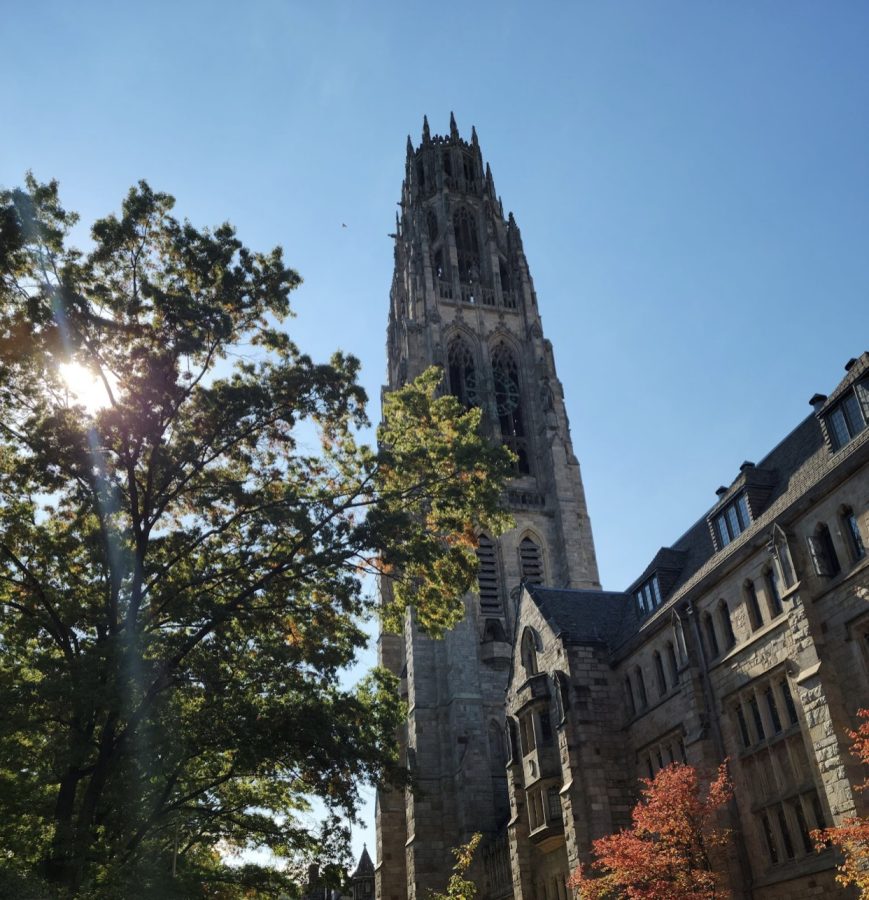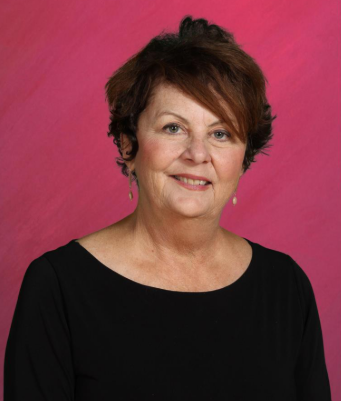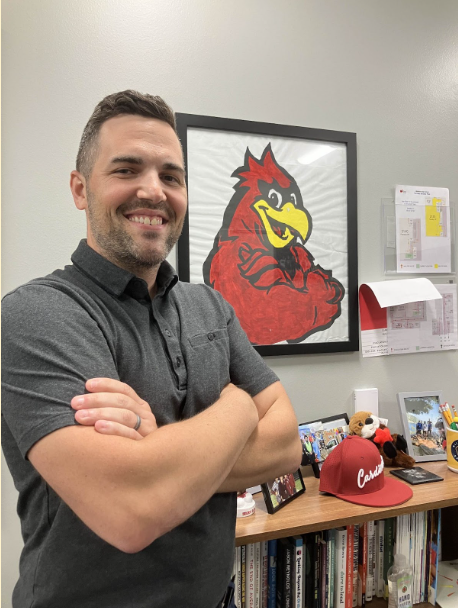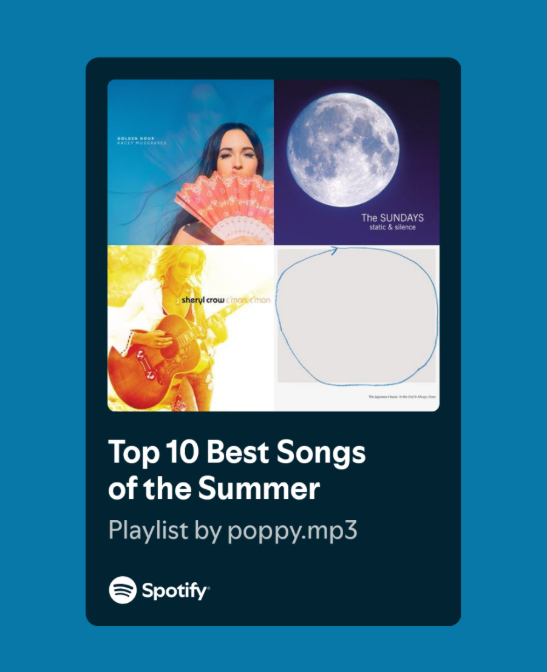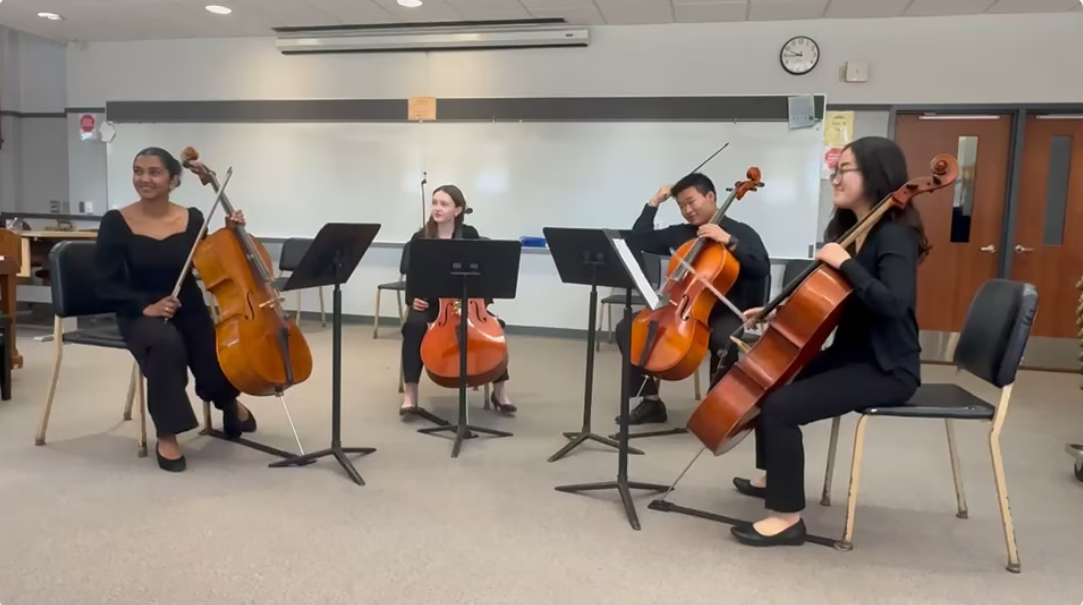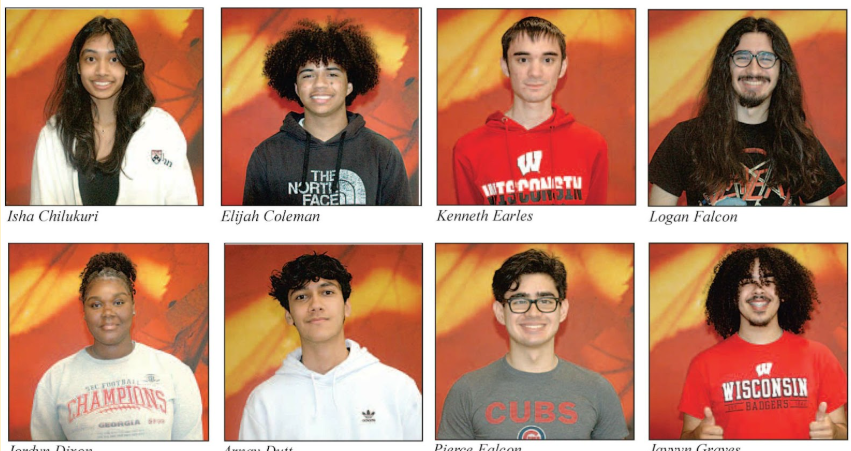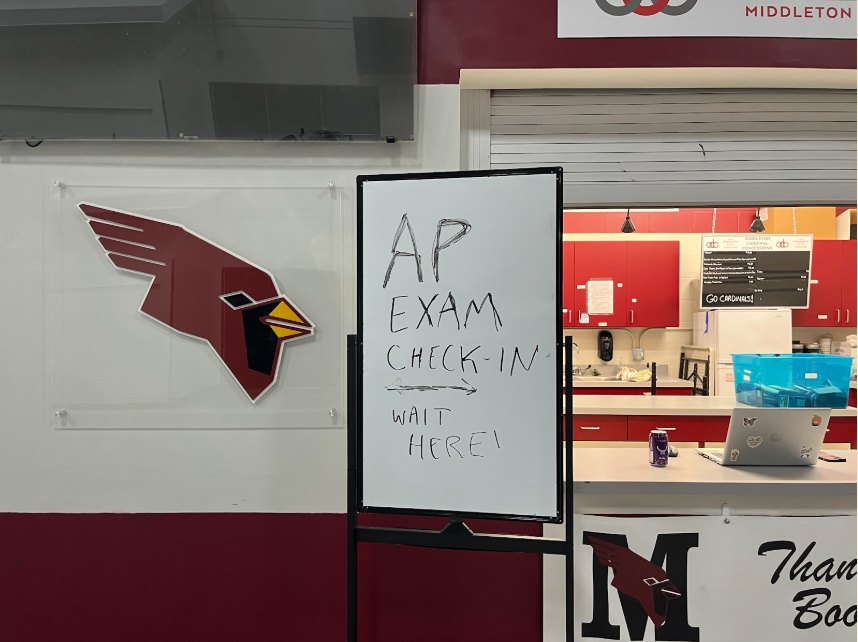How To Plan for College
Yale University is the 5th most selective school in the US, with an acceptance rate of 5.3%. (Pictured: Harkness Tower at Yale, an icon of New Haven, Connecticut.)
February 26, 2023
You take a deep breath, watching your parents’ car drive down the path away from you. It rounds a corner out of sight, and you turn away from the window, surveying your home for the next year. It’s a small dorm room, complete with a loft bed and a tiny desk. Your suitcase sits beside you, waiting to be unpacked. You’re nervous, definitely, but mostly excited. This is your dream school, and the opportunities here have called out to you since your junior year of high school. Thankfully, your tuition is paid in full thanks to financial aid, scholarships and grants, and you’re ready to make the most of the next four years.
This is a beautiful scene and a dream of many high schoolers. But it can feel impossible to get from freshman year of high school, completely unsure of what you want to do with your life, to freshman year of college, prepared and ready to take on a college education. How does one figure out where they want to go and what they want to do? Once they know, how do they get there?
There are two main questions that high school students need to answer for themselves in order to be ready to leave home: what college should I go to? And how will I get in? Let’s start by looking at the first question. How can you best determine what school will be right for you?
Finding Your Best Fit School
This question is harder to answer than it may seem at first glance. According to US News, there are almost 4,000 postsecondary degree-granting institutions in the United States. There are big schools, small schools and medium-sized schools. There are private universities, public universities, liberal arts-focused schools and technology institutions. Some schools are in huge cities, some are surrounded by miles of cornfields. It is easy to get completely overwhelmed — there are so many options, and they all look amazing in different ways.
One of the best ways to narrow down the thousands of options is to use a college search tool such as College Board or Cappex, both of which allow you to filter colleges by major, location and campus type, and quickly see statistics about the college. College Board also has a tool called BigFuture that awards scholarships as you plan for your future – you can earn entries in scholarship contests by researching careers, creating a college list and more. Once you start to narrow down what features you may want in a college, such as location or programs, you can begin to develop a list of possible schools.
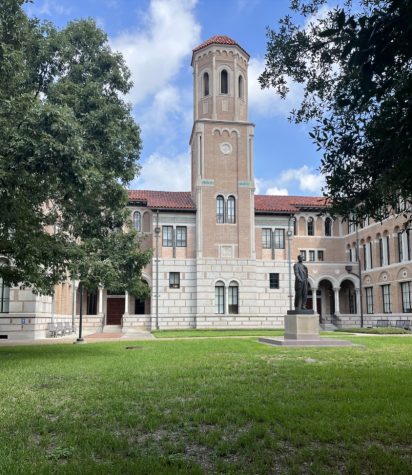
At this point in the college planning process, a problem often arises. Every single college website out there says that their school has a collaborative, unique, supportive and diverse environment that inspires learning. They all have amazing faculty ready to help the students with their every need. All the college brochures have enticing headlines and images of beautiful, sunny, perfectly manicured campuses. How can you really know which schools really are all those things, and which schools just say they are?
The most obvious way to get a feel for what a school is really like is to visit the campus. By talking to students and professors, you can gain a good picture of what people think of the school. You can walk around campus, breathe the air, explore the buildings and eat the food from the dining hall. Tours are a great time to make connections with the people there and explore the programs you are interested in. However, touring the campus of every school that appeals to you is simply unrealistic — time is limited, and it is expensive to travel across the country. Luckily, many schools offer virtual tours since the pandemic, which are a great resource when it is not practical to visit campus in person.
The problem is, both in-person and virtual tours tell you only what the school wants you to know, and while it will be true and useful information, tour guides are often being paid, or at least pressured, to tell prospective students all of the good things about schools and few of the bad things.
A much better way to get honest, unfiltered opinions comes from an unexpected source: YouTube. People tend to be very free with their words on social media, and college is no exception — for most well-known schools out there, you can find a host of videos with titles such as “Why you shouldn’t go to ______” or “Brutally honest review of _________.” You can also find “Day in the Life” videos that give a great picture of what an average dorm room looks like, what kinds of facilities the students have access to (such as gyms, libraries and dining halls) and what an average schedule entails.
While you should never take any one video too seriously, as students on YouTube often have extreme or unusual opinions and everyone is different, watching a good number of these videos can give you a good picture of the average opinions about a school. It can also be helpful to create a document where you keep track of the main points and takeaways from each video so you can look back on it and compare different schools.
Setting Yourself Up for Admissions Success
Once you have developed a list of schools that look interesting, it is time to consider how you can get in. With unprecedented numbers of students applying to college, acceptance rates have plummeted in the last few years, and it has become unreasonably difficult to get into many colleges. Of course, it is not at all necessary to get into a big name school, and a quality education can be attained at most universities in the U.S. However, if a dream school is in the picture, or even if you just want to improve your application to be sure you can get into most of your safety schools, it is important to consider what colleges are looking for.
Gust Athanas, a counselor at Middleton High School, has years of experience helping students through the admissions process.
“[Colleges] really want to learn about what makes each applicant unique, and how they are different from all the other students who are applying,” said Athanas. “Even a high school student who was the captain of the swim team may be applying next to a thousand other captains of the swim team from across the nation… So what makes your experience as the captain of our swim team different from all the others or how is it unique to you?”
Finding that defining quality that sets you apart can be difficult. The key, ironically, is to forget about college. Think about what makes you unique as a person, what you care about, and what you hope to accomplish with your life. Spending all your time focused on what will get you into college makes you just like every other applicant. Because in reality, colleges are not looking for students who have spent their entire high school years trying to impress the admissions team. Students who take part in a ton of extracurriculars, have a perfect score on everything, and take all the AP classes out there will definitely do well, but that is not necessary, and sometimes not even helpful to get into a good college.
High school is the time to explore your interests and find things that you are truly passionate about. If you are interested in one club, join one. If you’re interested in 15, join 15. If none appeal to you, find something else to work on in your free time. The one thing you should not do is join 15 clubs simply to put them on your college applications, because this will result in a stressful, uninteresting and ultimately unproductive year.
Rather than spending so much time trying to impress colleges, spend that time trying to understand what makes you tick — what are your passions, interests and talents? Finding these areas and using them to help others in an innovative and community-oriented way will ultimately have huge benefits on not only your college applications, but also your happiness and fulfillment.
One opportunity that is often overlooked by high school students is summer programs taking place at colleges. These programs have a variety of interesting topics, and they allow high schoolers to experience what it is like to live on a college campus for a few weeks and learn from a diverse group of professors and students. If you participate in a program taking place at a college you are interested in, it could not only give you a sense of the campus but also give a boost to your application. Here is a great list of some options.
Paying for college is a huge challenge as well, and can be a barrier to education for many people. However, most colleges offer substantial need-based financial aid. Filling out a FAFSA form is a great place to start.
Scholarships are another way to make college accessible, and there are thousands of them out there, targeting even the most obscure people groups and interests. FastWeb is a scholarship search tool that filters scholarships that are applicable to you based on your individual qualities. Middleton High School also provides a helpful list of scholarships and other college planning resources here.

(Pictured: Bascom Hall at UW-Madison, a building iconic to the university and often associated with admissions.) (Amy Gangl)
College is not predictable, and often things that seem frustrating and discouraging at the moment can work out to be amazing in the end. Athanas has seen this first hand.
“One student I had was deferred from UW-Madison and did not find out that they got off the waitlist until early July [after graduation],” said Athanas. “They ended up accepting at UW-Madison just a few weeks before classes began and are now a Ph.D. student at MIT.”
Of course, not every situation ends up this way, but Athanas has seen plenty of instances when students’ disappointing admission results end up benefiting them in the end.
“I have had other students work incredibly hard all through high school to then learn that they were not able to get accepted into their top-choice college,” he said. “These students then sometimes reluctantly accepted admission to their second or third choice college and when I talked with them a year or two into their college experience they all said that they couldn’t see themselves anywhere else.”
While college may seem terrifying, and it is, one small step at a time will get you to your dreams, even if it may not be on the path you always imagined.



